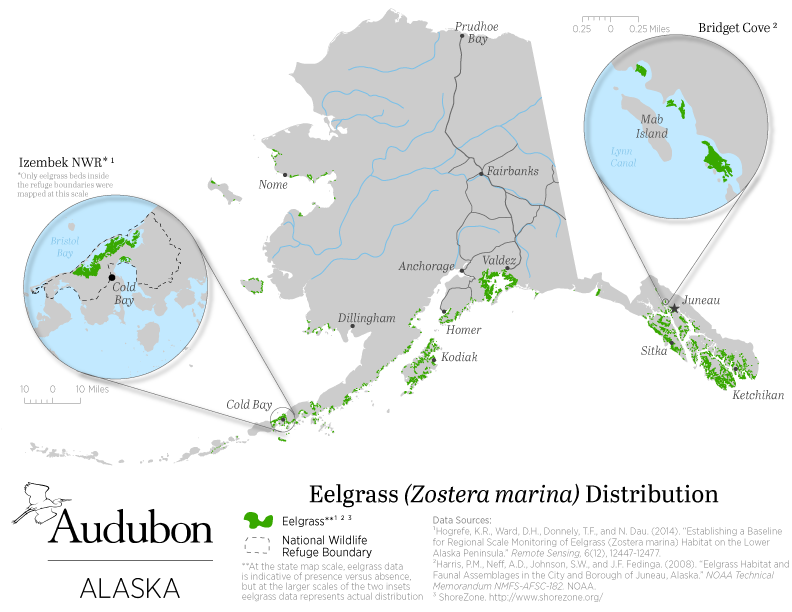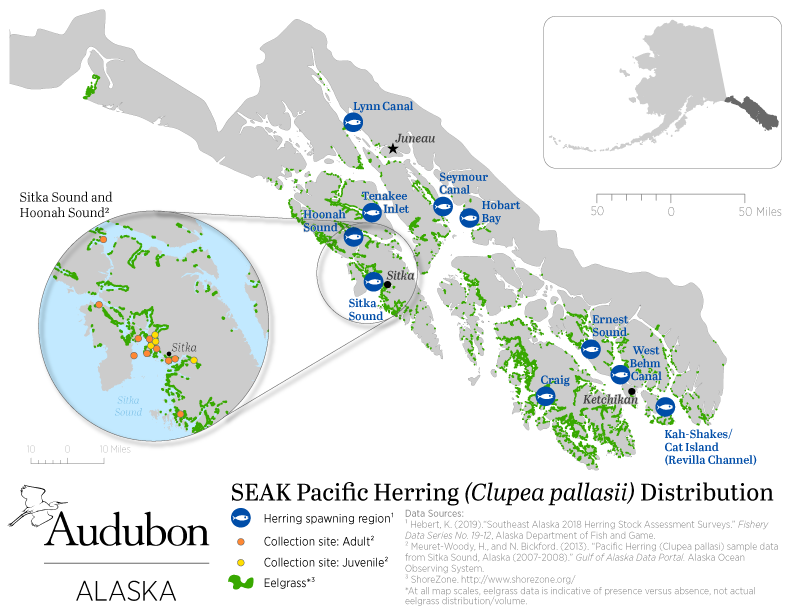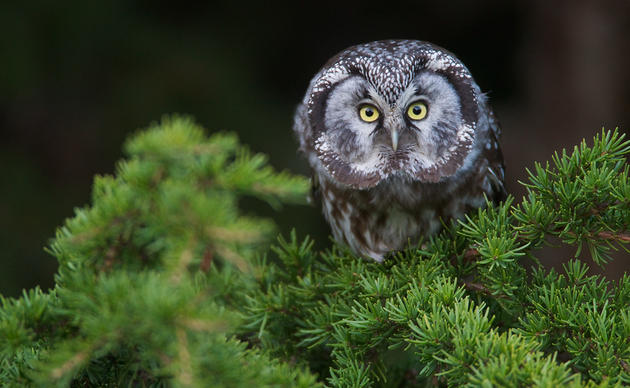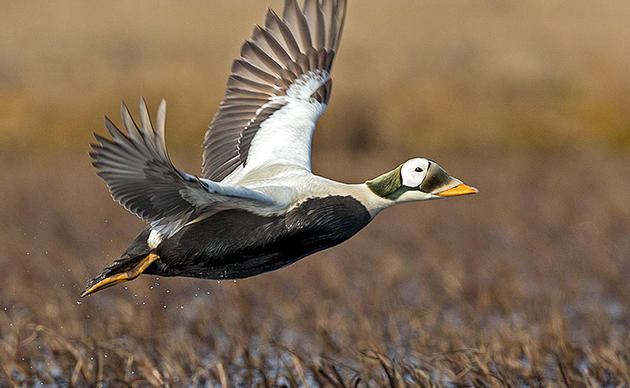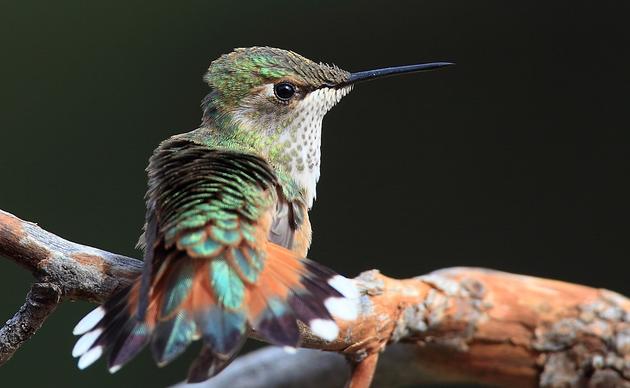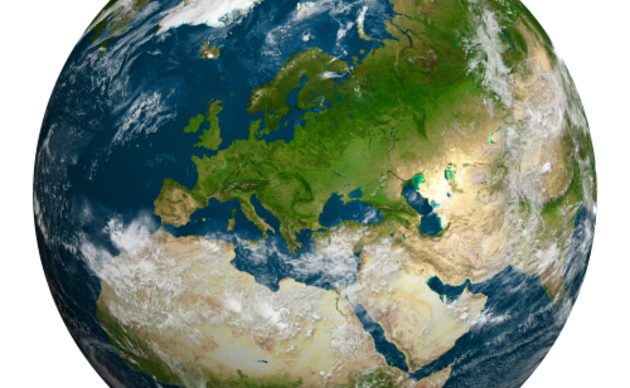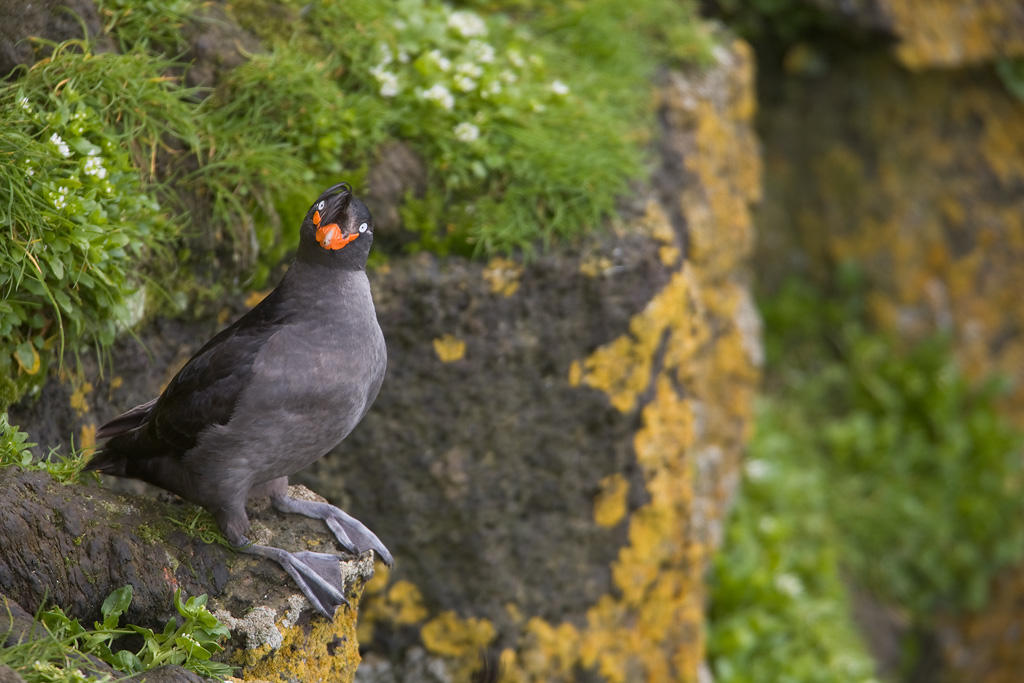
Forage fish are small species of fish that swim in large schools and play an important role in an ocean’s ecosystem. This week, Alaskans met with Congressional leaders to discuss the importance of forage fish to seabirds. As Alaskans, we see the impacts of these two intertwined worlds each year. Spring brings floods of Pacific herring and eulachon to many coastal communities across Alaska, and some of our most important bird areas are seabird colonies located where forage fish are found. Climate change is causing these forage fish species to rapidly shift ranges and disappear entirely from some areas. These shifts in forage fish are the cause of many of the seabird die-offs we have seen across Alaska.
Because forage fish are critical components of commercial and recreational fishing (Alaska’s second largest industry) and because Alaska is crucial nesting and breeding habitat for so many species of the world’s seabirds, we play a significant role in deciding the fate of both seabirds and forage fish. Alaska has led national efforts to establish responsible fishing practices that ensure the future of our fisheries with the passage of the Magnuson Stevens Act. This law creates management guidelines implemented by state fisheries boards and fisheries councils. However, in the face of climate change, this landmark and bipartisan law needs updating, and this is where Audubon can make a difference!
Here are the actions we can request from our elected officials to ensure the protection of forage fish and seabirds for Alaska’s future:
- Strengthen the Magnuson-Stevens Act during reauthorization to include protections for forage fish, protect seabirds from bycatch, ensure “climate ready” fisheries for seabirds, other marine predators, and fishing communities, and enhance “essential fish habitat” protections which include habitats like eelgrass beds for important fish species like Pacific Herring (see maps below).
- Congress should invest in programs within the National Oceanic and Atmospheric Administration that benefit marine life and their habitats including funding for the National Marine Fisheries Service (NMFS), national marine sanctuaries and protected areas like the regions of ecological importance highlighted in Audubon Alaska’s Assassment of Ecological Value & Vulnerability in the Bering, Chukchi, & Beaufort Seas, and funding for programs that the state of Alaska oversees such as the National Estuarine Research Reserve System and the Habitat Conservation and Restoration Program.
Together we can help protect forage fish and seabirds, which will protect our globally significant fisheries in Alaska for generations. What is good for fish, is good for the birds. #BirdsTellUs we need to prioritize the health of our changing marine ecosystems in the face of climate change or risk losing seabirds and the food they depend on. In turn, this will impact the food we depend on too! Follow along with Audubon Alaska as we continue to advocate for Alaska’s seabirds and forage fish.
